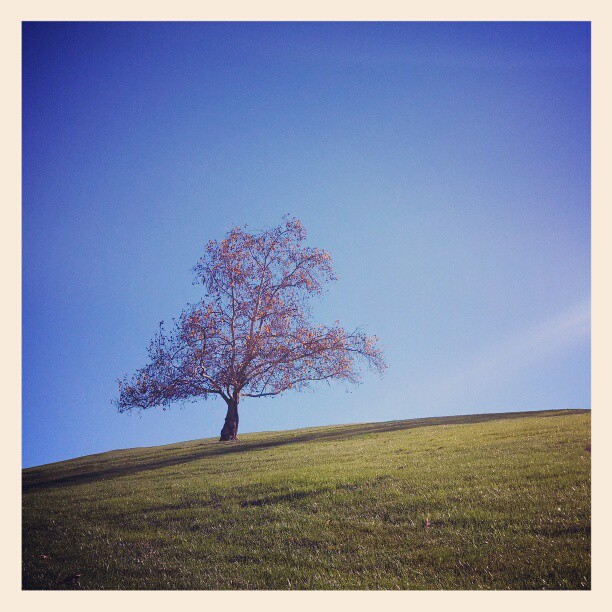Mainly because photography, thanks to the advances in camera sensors, mobile devices, and social media apps, has been integrated into our everyday lives. Photography is now a way to do everything from note taking to price inquiring (think about it). So it only makes sense that all of us learn how to use camera phones to their maximum capability.
It's about control:
For those who've read past posts, you most undoubtedly know that I'm a big advocate of using a camera in M (manual) mode because it gives you full control of the technical aspects of your photograph. The more control you have as a photographer, to not only incorporate your style, technique, and photographic knowledge into the image, but to also control the composition of the elements within the frame, the more likely you are to have a great final product.
Here is a list of some of the main aspects (in no particular order )you can control in a D-SLR. Yes, some of these are obvious but must be listed.
- Shutter Speed
- ISO
- Aperture
- White Balance
- Tones
- Frame and Composition
- Lens Selection
In general, the reason a D-SLR is so advantageous in photographic terms is because you have full control. This can't really be sad for a camera phone. I realize the quality of the image coming from a D-SLR versus that of a camera phone is not comparing apples to apples, but there are things you can do that can leave you quite surprised with the capabilities of camera phones.
So look at the list above and ask yourself which aspects you can control in a camera phone. Those aspects you can control, theoretically, if you perfect them, will make you one awesome camera phone user.
Now looking at the list, you can see that for the most part, if you've used a camera phone recently, you will have noticed that most camera phones are made for ease of use and quick spur of the moment photography. This means most camera phones default to Automatic settings. Something I'm not fond of in D-SLRs.
But these are phones remember? So I don't have a problem with Auto setting in a phone. So look at the list once again and examine which element you can control. That element; Composition.
Yes, regardless of what setting the camera is choosing, you, the photographer, have full control of the composition. This brings me to the biggest tip for becoming a Camera Phone Warrior.
Perfect the art of composition.
To become a really good camera phone photographer you have to understand the art of composition. Composition is the biggest element of photography you can directly control using your camera phone. Just like using a DSLR, using a camera phone falls under the basic composition guidelines of photography.
The number one tip in composition is also the most basic one.
Use the Rule of Thirds:
The Rule of Thirds is simple. It advocates that the subject or any major part of the image should NOT be placed in the center of the photograph. Instead, it should be placed in one of the areas dividing the photograph into thirds. Using your camera phone you are able to place your main subject in areas other than the middle. This alone will make you so much better literally overnight.
 |
| The red dots are the ideal locations for subject placement. |
There are challenges with the rule of thirds and a camera phone. That challenge is mostly presented in the form of the focus point. Normally a camera phone will select what it thinks is the best focus point. I find that most camera phone tend to want to focus on the objects in the middle. This is obviously a problem if you don't want to place your subject in the center of the frame. The simple solution is to learn how to focus selectively with your phone.
Below are a couple examples of camera phone images I took recently where I applied the Rule of Thirds to ultimately make an image more appealing. Both images where taken using Instagram and a Droid Razer HD.
The focus challenge:
On my phone (Droid Razer HD) I can actually touch the location I want to focus on. I'm not sure if the Iphone allows this but I can't imagine it not being able to. It takes practice to get it just right, but just like everything in photography, you have to practice. My tip here is to figure out how to focus and recompose an image while the focus is locked. On Droids, I know you can focus on the subject in the middle and lock the focus on that middle spot while you recompose. Again, there are so many phones all will have something a little different about them, so just play with it until you figure out how to focus it.
I will continue with my next part of mastering your Camera phone in the future...there's lots to cover on this little camera topic (no pun intended). -cg




No comments:
Post a Comment